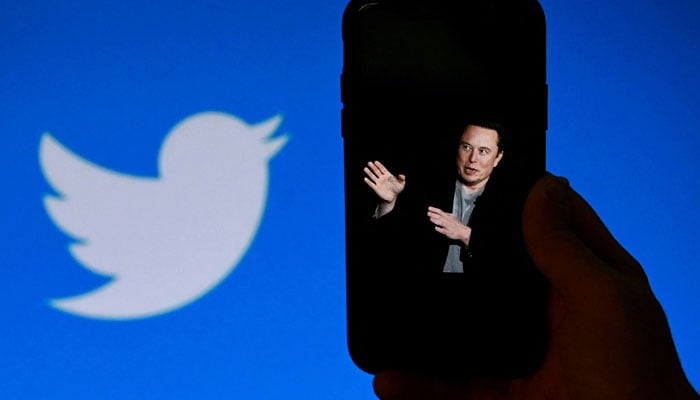[ad_1]
San Francisco: A pipe dream or a possibility? Elon Musk wants to purposefully diversify Twitter’s revenue streams away from ads, but no major social network has yet been able to continue operating completely ad-free.
Something of the gold standard, social media ads can be modified and tailored to individual users at scale, and have been particularly profitable for Meta Facebook and Instagram, as well as Google.
“Facebook has pretty much set the standard for having an ad model for social networks,” said Jasmine Enberg, an analyst with Insider Intelligence. “But that doesn’t have to be how social platforms win.”
She said social networks are facing budget cuts from advertisers hit by inflation and increasing regulations on lucrative personal data use, so it makes sense for them to “explore new technologies that don’t monetize ads.”
The issue is sensitive for Twitter, whose revenue is 90% dependent on advertising. On the other hand, advertisers do not necessarily need Twitter and can turn to other social networks.
The advertising situation on Twitter has been particularly bad since Musk took over the company in late October.
In recent weeks, half of the top 100 Twitter advertisers have announced that they have suspended or “apparently stopped advertising on Twitter,” according to an analysis by the nonprofit watchdog group Media Matters.
They fear being associated with toxic content Musk, who describes himself as an “absolute freedom of speech,” has also called for a more lenient moderation.
“Musk didn’t understand that Twitter itself was a brand, and it was special,” said Sarah Roberts, an information studies expert at the University of California, Los Angeles.
She added, “Now companies don’t even want to be associated with it. And it’s not even about the content. Twitter is a tainted brand, an undesirable brand that companies don’t want to be associated with.”
alternative solutions
Social media sites are testing two workarounds in particular: charging regular users and charging creators.
The forum platform Reddit has deployed a hybrid model, earning money through ads, paid subscriptions, and digital currencies that give users access to special privileges.
However, “It’s always difficult to charge for something that used to be free,” said Carolina Milanesi of research firm Creative Strategies.
“Unless you offer something different or create a different product, you can’t go from not shipping to shipping,” she said.
While Twitter has been offering a paid subscription with additional features since last year, Musk aimed to raise the price to $8 per month and include account verification in plan perks.
However, the partial launch was messy, and prompted the spread of many fake accounts, which caused the launch of the so-called Twitter Blue to be paused.
Musk has now tweeted that this feature is called Verified It will launch next week.
“Figuring out a way to charge users for premium features and make money off users is not a bad idea,” Enberg said.
But she said the benefits offered by Twitter may not have been attractive enough, and that the verification aspect should be more of a security feature than a monetizable one.
Finally, because paid subscribers – arguably the most active on the network – will see 50% fewer ads than non-paying users, and the plan will “impair the quality and size of advertisers’ target audience”.
Some of the newer platforms try to do without advertising altogether, without guaranteeing their long-term viability.
For example, on Discord, a live discussion social network, subscribers have access to more emoticons.
And emerging photo-sharing app BeReal hopes it won’t have to sell ads by making money through in-app purchases instead, the Financial Times reports.
Big name influencers
Twitter had about 230 million daily active users as of June, and Musk continues to congratulate himself on increasing that number since taking office.
But increased users don’t necessarily translate into dollars.
Snapchat, which also launched a paid version in June, is gaining more and more users, but not necessarily money. Most of the users don’t pay anything and the advertisers cut spending on this app.
Faced with this reality, platforms compete for content creators to attract and retain audiences – and either get a commission or pay them to promote their messages and videos.
Enberg said this represents a “really big opportunity” for Twitter.
She said Twitter “has plenty of celebrities, high-profile influencers, politicians and journalists” with whom it could form a mutually beneficial relationship.
Milanesi added that although the network does offer some promotional tools, they are “expensive and not very effective”.
[ad_2]
Source link

